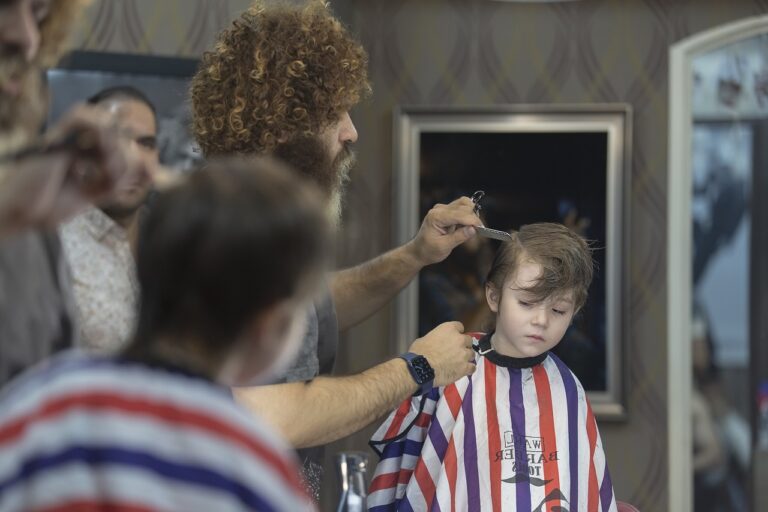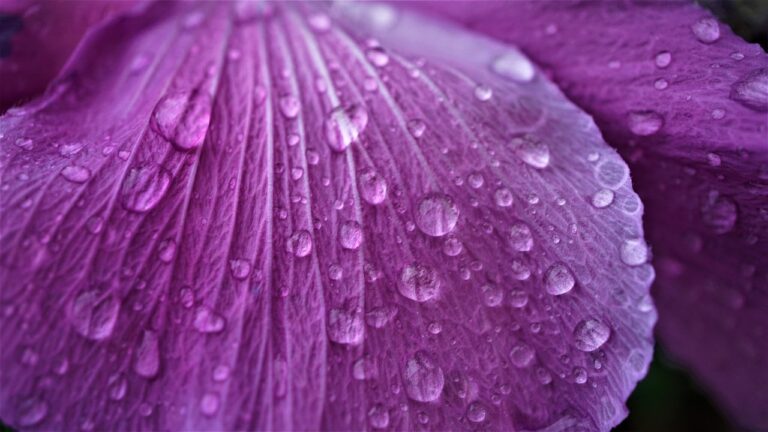Fashion and Cultural Heritage: Preserving Traditional Textiles and Crafts
Traditional textiles play a vital role in preserving and showcasing a community’s cultural identity. Through intricate patterns, colors, and designs, these textiles often convey stories, myths, and traditions that have been passed down through generations. They serve as a tangible representation of a group’s heritage, beliefs, and practices, making them an essential aspect of cultural identity.
The craftsmanship and techniques involved in creating traditional textiles also hold significant cultural value. Passed down from master artisans to apprentices, these skills are a form of intangible cultural heritage that must be safeguarded and promoted. The act of producing traditional textiles not only sustains age-old traditions but also fosters a sense of pride and connection to one’s roots within a community.
• Traditional textiles convey stories, myths, and traditions passed down through generations
• They serve as a tangible representation of a group’s heritage, beliefs, and practices
• Craftsmanship involved in creating traditional textiles holds significant cultural value
• Skills passed down from master artisans to apprentices are a form of intangible cultural heritage
• Producing traditional textiles sustains age-old traditions and fosters pride and connection within a community
The Evolution of Traditional Textile Techniques
Traditional textile techniques have undergone a remarkable evolution over centuries, reflecting the rich tapestry of cultural heritage and craftsmanship passed down through generations. The intricate processes involved in creating traditional textiles showcase the ingenuity and skill of artisans committed to honoring ancient practices.
As societies have advanced and technology has progressed, traditional textile techniques have faced the challenge of adapting to modern demands while preserving the authenticity and essence of these age-old practices. Striking a delicate balance between honoring tradition and embracing innovation is crucial to ensuring that these techniques continue to thrive in the ever-changing landscape of contemporary times.
Challenges in Preserving Traditional Textiles and Crafts
Preserving traditional textiles and crafts poses a myriad of challenges in today’s fast-paced and modern world. One of the main hurdles faced is the dwindling number of skilled artisans who have the knowledge and expertise to create these intricate pieces. As younger generations move towards more contemporary professions, the transmission of these age-old techniques becomes increasingly at risk.
Additionally, the rise of mass-produced textiles and cheap imitations flooding the market threatens the authenticity and integrity of traditional crafts. This not only affects the livelihood of indigenous communities who rely on these crafts for income but also diminishes the value and significance of these cultural artifacts. Striking a balance between honoring tradition and adapting to modern demands is crucial in ensuring the preservation of traditional textiles and crafts for future generations.
Why are traditional textiles important in cultural identity?
Traditional textiles play a crucial role in preserving cultural heritage and traditions, as they often contain historical and symbolic significance that connect communities to their roots.
How have traditional textile techniques evolved over time?
Traditional textile techniques have evolved through technological advancements and globalization, leading to changes in materials, tools, and processes used in creating these textiles.
What are some challenges in preserving traditional textiles and crafts?
Some challenges in preserving traditional textiles and crafts include the threat of mass production, loss of traditional knowledge and skills, limited market demand, and lack of resources for preservation efforts.







